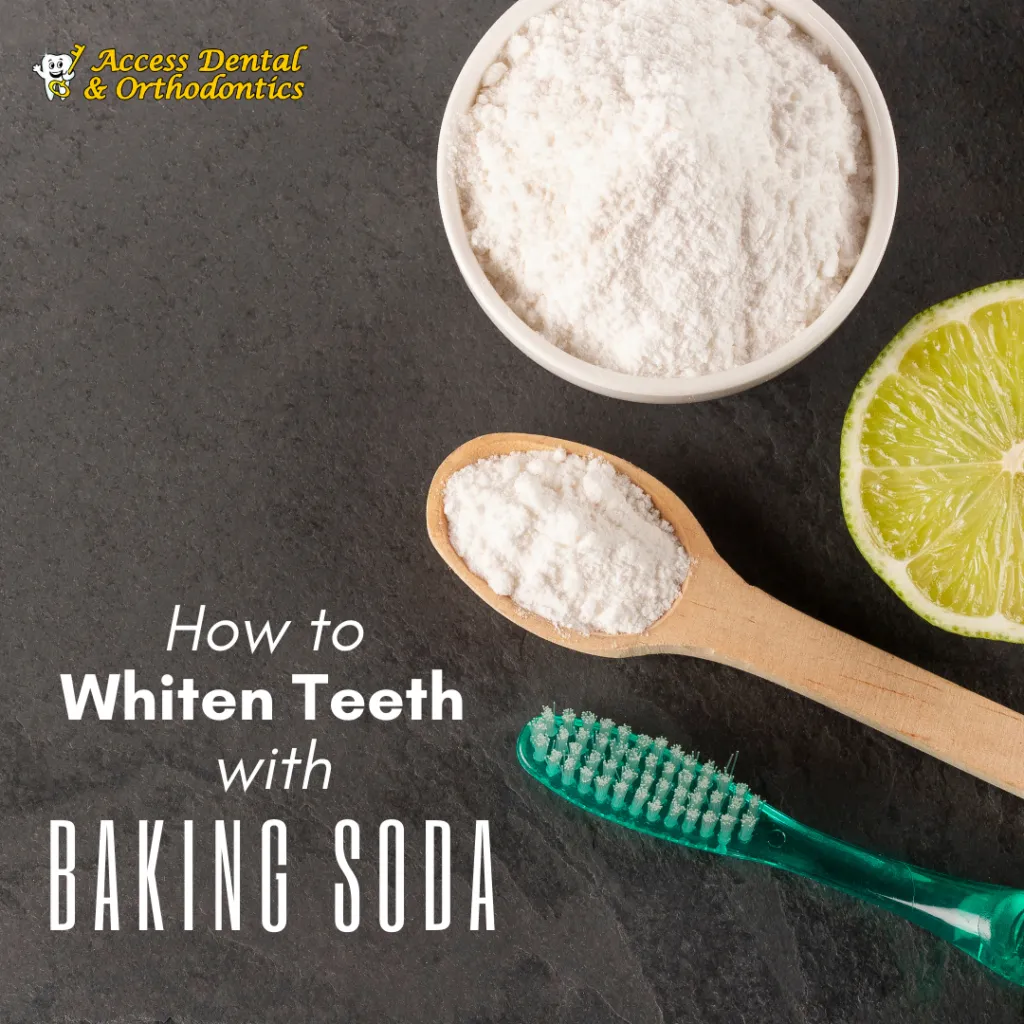Understanding Natural Teeth Whitening
The quest for a brighter, whiter smile often leads people to explore various teeth whitening methods. Natural teeth whitening, as opposed to chemical treatments, focuses on using readily available, often kitchen-based, ingredients to gently remove stains and brighten the enamel. This approach appeals to individuals seeking cost-effective and less invasive solutions. Many natural methods aim to reduce surface stains caused by food, drinks, and lifestyle choices, promoting a healthier and more radiant smile. While the effectiveness can vary based on individual factors, the primary advantage of natural methods lies in their gentleness and accessibility, making them a popular choice for those prioritizing natural remedies for their oral health. The focus is always on a balance of effective results and minimal risk to the enamel, making it a long-term approach to maintaining a bright smile.
The Science Behind Baking Soda’s Whitening Power
Baking soda, or sodium bicarbonate, is a mild abrasive. This property makes it effective at removing surface stains from teeth. The science behind its whitening power is relatively straightforward: the slight abrasiveness helps to scrub away stains caused by coffee, tea, and other pigmented substances. It’s important to understand that baking soda does not chemically alter the color of the teeth; it merely removes the discoloration from the surface. When used correctly, it gently polishes the enamel, revealing the natural whiteness underneath. Furthermore, baking soda has a slightly alkaline pH, which helps neutralize acids in the mouth, creating a less favorable environment for stain formation and bacterial growth. While it offers these benefits, it’s crucial to use baking soda with care to prevent excessive abrasion that could potentially damage the enamel over time. Understanding its properties is key to using it safely and effectively.
How Baking Soda Works on Teeth
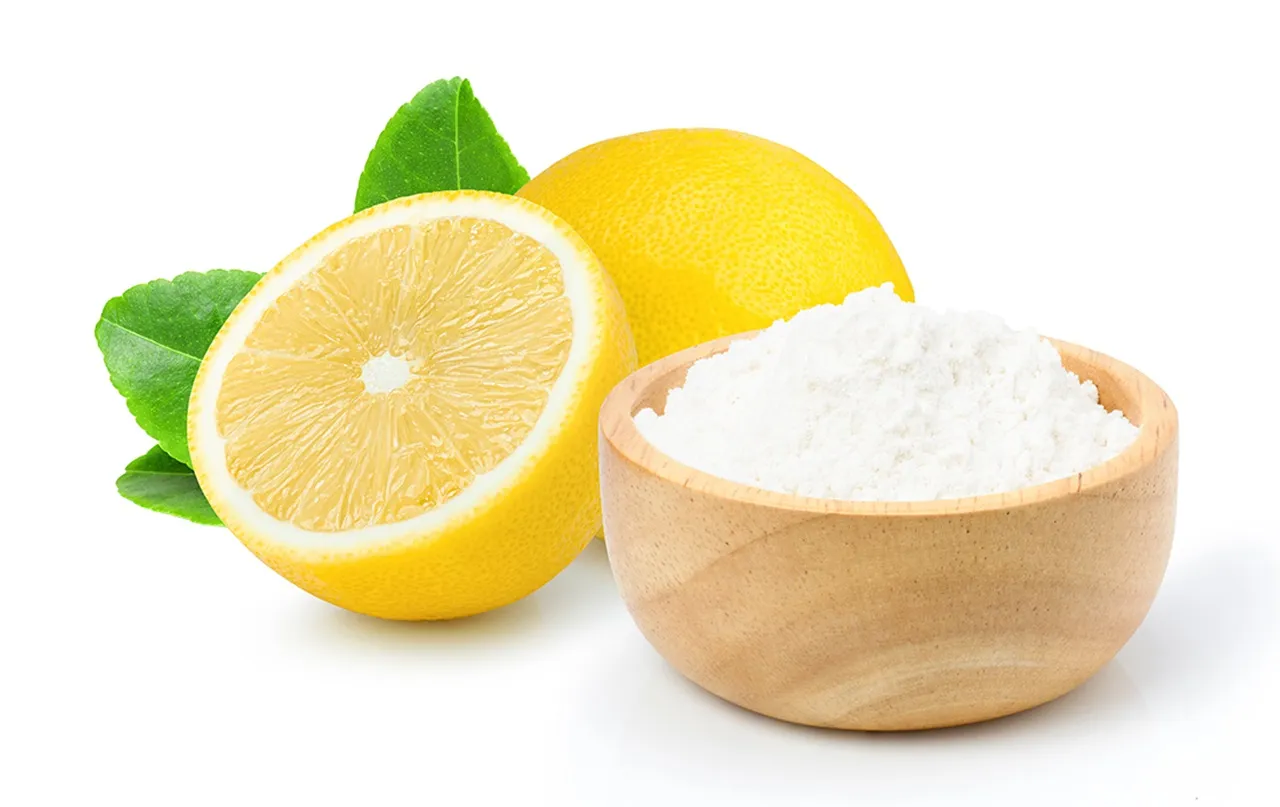
The mechanism by which baking soda whitens teeth is primarily mechanical. Tiny particles in baking soda create a gentle scrubbing action that removes stains and plaque buildup. This action is similar to the way professional dental cleanings remove surface stains through polishing. When applied to the teeth, baking soda helps to lift away stains that have accumulated due to the consumption of various foods and beverages. Regular use can contribute to a visibly brighter smile as the enamel is polished and cleaned. It also helps to reduce the risk of dental caries and remove the source of the bad smell. Moreover, baking soda can help to freshen breath by neutralizing odors. It’s not a rapid whitening solution, but with consistent use, many people see a noticeable improvement in the brightness of their teeth over time. However, it’s crucial to emphasize the importance of using baking soda correctly to prevent damage.
Why Baking Soda is a Popular Choice
Baking soda’s popularity as a teeth-whitening agent stems from a variety of factors, including its affordability and accessibility. It is a common household item, readily available in most kitchens and grocery stores. This accessibility makes it a convenient and cost-effective option for people seeking to improve their smile without investing in expensive treatments. The natural aspect also attracts many users who prefer to avoid harsh chemicals often found in commercial whitening products. Its perceived gentleness compared to other abrasive agents is another key factor. The ease of use and the ability to incorporate it into a daily oral hygiene routine make it a practical choice for many. Moreover, the internet is full of guides and recommendations for using baking soda for teeth whitening, which significantly contributes to its awareness and appeal. However, users must be aware of the correct way to apply it.
Step-by-Step Guide to Whitening Teeth with Baking Soda
Whitening your teeth with baking soda is a simple process when done correctly. It involves a few easy steps, ensuring that the teeth are thoroughly cleaned while minimizing any potential risks. Following these steps correctly is important to achieve the best results, but also to minimize any possible harm to the teeth. Regular use of baking soda can enhance oral hygiene and provide a brighter smile. It’s important to understand that individual results can vary, but a consistent approach can usually produce a positive change over time. This guide is intended to simplify the process while emphasizing safety and effectiveness, guaranteeing that individuals can confidently incorporate baking soda into their oral hygiene routine.
Preparing Your Teeth

Before you start, it’s essential to prepare your teeth for the baking soda treatment. This involves ensuring the teeth are free from any large food particles. Flossing before brushing is often recommended, as it removes any debris that may be stuck between the teeth. Rinsing your mouth with water before brushing helps to loosen any remaining particles. This initial preparation sets the stage for the baking soda to work effectively. Preparing your teeth this way improves the cleaning process. A properly prepared mouth will provide the most benefit from the whitening treatment. Remember to be gentle during the preparation phase to avoid irritating your gums, as they might be sensitive.
Mixing Baking Soda with Water
The correct mixing of baking soda with water is crucial for achieving the desired whitening effect while minimizing the risk of abrasiveness. Typically, you’ll need to mix a small amount of baking soda with water to create a paste. A good starting point is to use about one teaspoon of baking soda and enough water to create a paste-like consistency. The paste should not be too thick or too thin. It is better to start with less water and gradually add more until you achieve the right consistency. A paste that’s too thick can be difficult to apply evenly. A paste that’s too thin may not stay on the teeth. Achieving the right balance will ensure that the baking soda effectively cleans your teeth without causing any unnecessary irritation. Experiment to find the perfect consistency that works for you.
Applying the Paste Correctly
Once the paste is ready, apply it to your toothbrush. You can use a regular toothbrush with soft bristles, as they will be gentler on your enamel. Make sure you apply a thin layer of the paste, as using too much can be abrasive. It is vital to avoid getting the paste on your gums, as the abrasive nature of baking soda can cause irritation. Applying the paste evenly across all surfaces of your teeth will ensure uniform cleaning and whitening. Be careful while applying the paste so as not to cause any discomfort. When you’re done, you can start brushing, making sure to cover all areas of the teeth. Proper application is key to maximizing the effectiveness of the baking soda while protecting the teeth.
Brushing Technique for Whitening
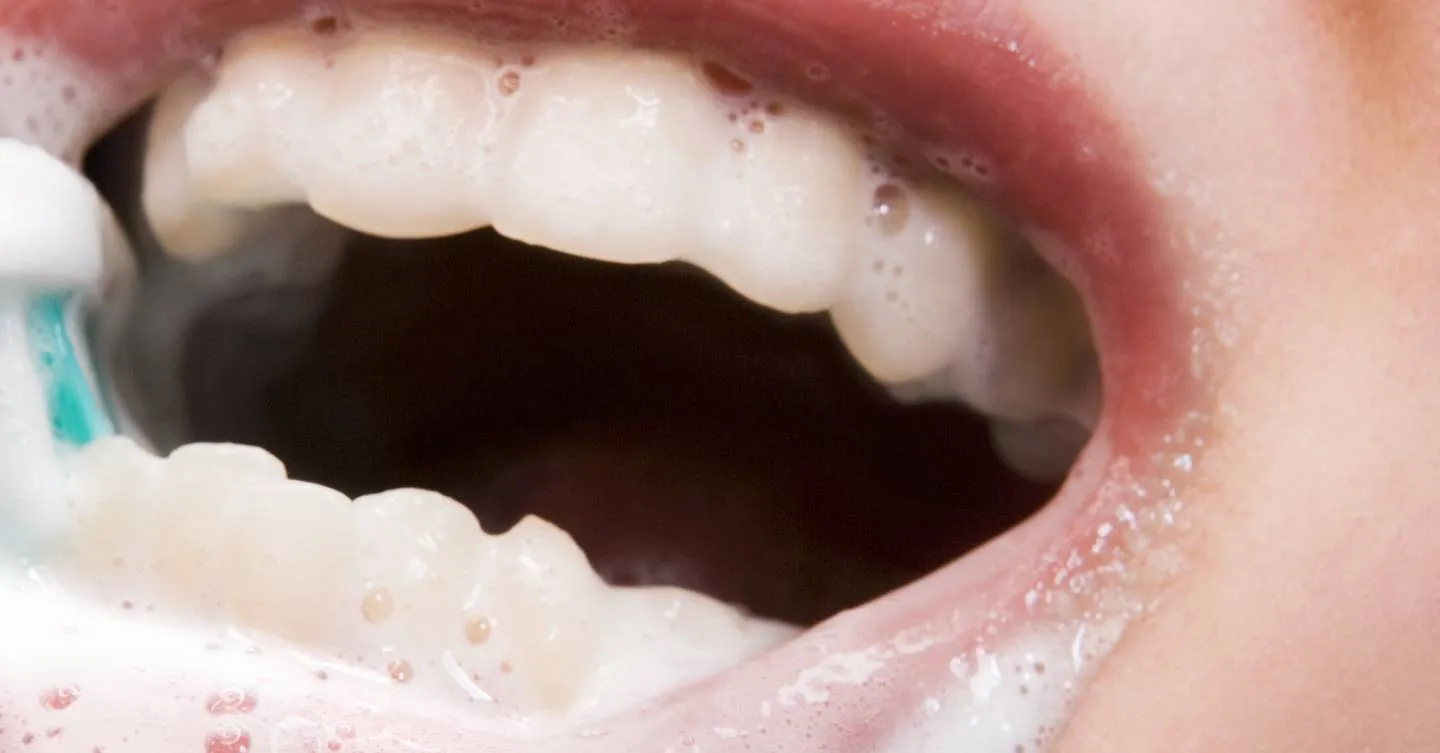
The brushing technique is just as important as the paste itself. Use gentle, circular motions rather than aggressive back-and-forth scrubbing. This technique helps to lift away stains while reducing the risk of damaging your enamel. Brush each tooth for approximately one to two minutes, ensuring you cover all surfaces, including the front, back, and chewing surfaces. Apply only light pressure to avoid irritating your gums or wearing down your enamel. The goal is to polish the teeth gently, not to scrub them aggressively. Once you’ve brushed all of your teeth, ensure you have covered every surface. Following this brushing method can increase the effectiveness of baking soda while safeguarding the health of your teeth. Proper brushing will help you gain the best possible result.
Rinsing and Aftercare
After brushing, it is crucial to rinse your mouth thoroughly with water to remove any remaining baking soda paste. Make sure you rinse repeatedly to remove all traces of the paste and prevent any potential irritation. Then, brush again with regular toothpaste to restore the enamel. This helps to neutralize any potential acidity. After brushing, you can use a fluoride mouthwash to strengthen your enamel and further protect your teeth from decay. Avoid eating or drinking anything for at least 30 minutes after the treatment to allow the fluoride to work effectively. Proper rinsing and aftercare will help to maximize the benefits of your baking soda treatment while supporting your overall oral health. By doing this, you can reduce the risk of potential irritation.
Important Considerations and Safety Measures
While baking soda is generally considered safe, it’s essential to be aware of the safety measures and important considerations before incorporating it into your dental routine. Moderate use is critical to avoid potential adverse effects. Overuse of baking soda can be harmful, so it’s essential to follow recommended guidelines. It’s crucial to listen to your body and stop the treatment if you experience any unusual discomfort. Always be mindful of your oral health and consult a dentist if you have any concerns. This approach will help you use baking soda safely and effectively, ensuring you achieve the desired whitening effects without compromising your oral health.
Potential Risks of Overuse
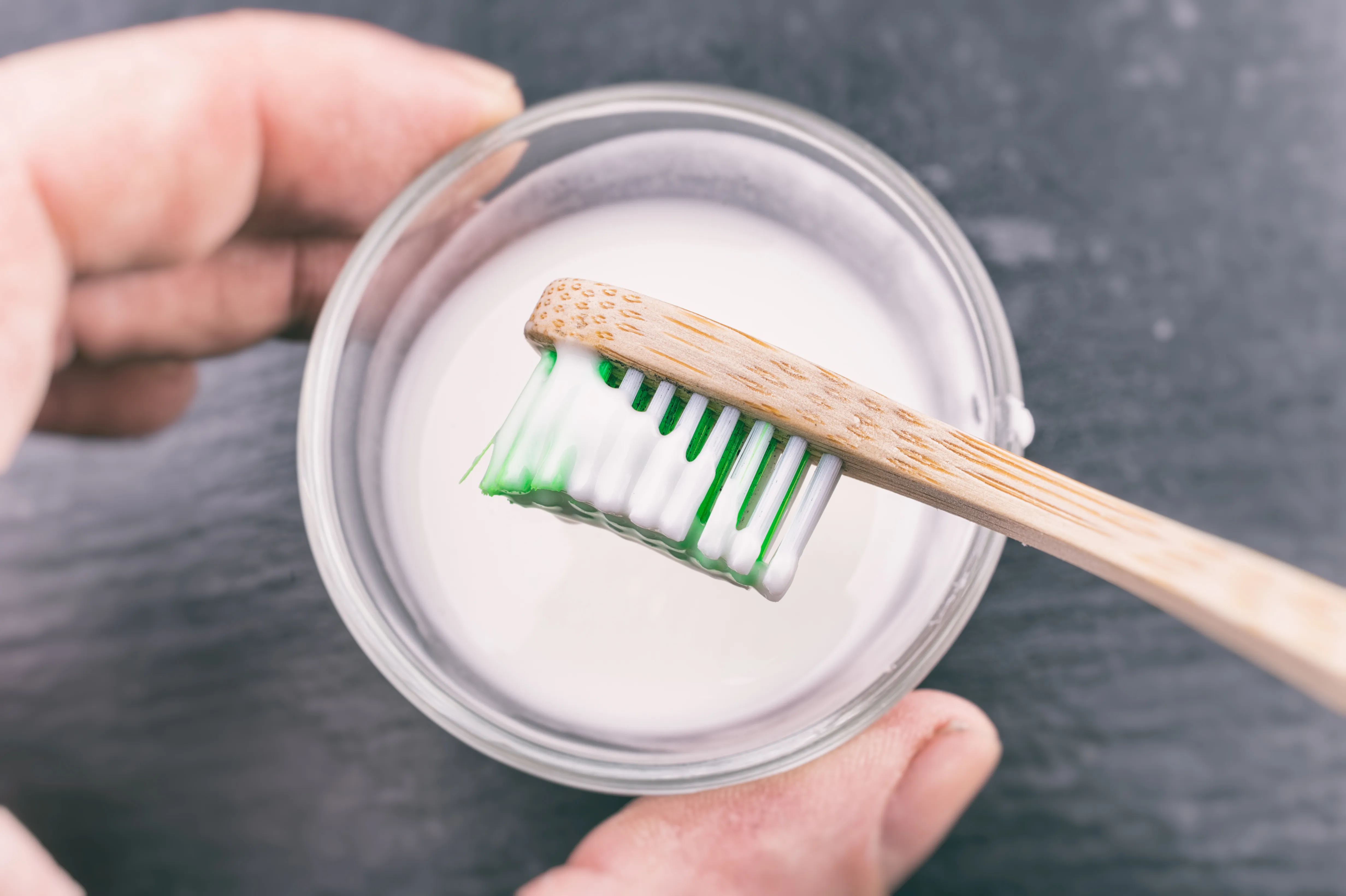
The primary risk associated with overuse of baking soda is enamel erosion. As a mild abrasive, it can gradually wear down the enamel if used too frequently or with excessive force. Enamel erosion can lead to increased tooth sensitivity, as the underlying dentin becomes exposed. Over time, this can make your teeth more vulnerable to decay. Another risk is gum irritation, especially if the baking soda paste comes into contact with your gums. Prolonged exposure can cause inflammation and sensitivity. To mitigate these risks, it’s essential to use baking soda sparingly, typically no more than a few times a week. Always be gentle when brushing and watch for any signs of enamel wear or gum irritation. Regularly monitoring your oral health is a must, as well as a periodic visit to the dentist.
Consulting Your Dentist
It’s always wise to consult with your dentist before starting any new teeth-whitening regimen, including the use of baking soda. Your dentist can assess your oral health and determine if baking soda is a suitable option for you. They can also advise on the proper usage and frequency, based on your specific needs and oral health condition. A professional checkup will identify any underlying dental issues. Your dentist can help you avoid potential complications. Regular dental check-ups can also help to monitor your enamel and gum health. They can provide valuable insights and recommendations to ensure you achieve the best results while maintaining optimal oral health. Professional advice helps to maintain the health of your teeth and mouth.
Combining Baking Soda with Other Natural Ingredients
Many people combine baking soda with other natural ingredients to enhance its whitening properties and add extra benefits. Combining baking soda with other ingredients can enhance its performance. These combinations can boost whitening effects, while still maintaining a gentle and natural approach. The addition of other natural ingredients helps to improve oral health in various ways. However, it is important to use these combinations in moderation and with caution. The best thing to do is to understand how they work and what benefits they offer. Always start with a small amount to test for any sensitivity or allergic reactions. This ensures the safety and effectiveness of the natural teeth-whitening treatments.
Baking Soda and Lemon Juice

Lemon juice is a popular addition to baking soda for its natural bleaching properties. The citric acid in lemon juice can help to remove stains and brighten teeth. To use this combination, mix a small amount of baking soda with fresh lemon juice to form a paste. Apply this paste to your teeth and leave it on for a short time—no more than a minute. However, caution is required with this combination. Lemon juice is highly acidic, which can erode your tooth enamel if used too frequently. Overuse can lead to increased tooth sensitivity and other oral health problems. For this reason, it’s essential to use this mixture sparingly. Always rinse your mouth thoroughly with water after the treatment. Also, it is best to consult your dentist. This will help you determine if this is the right choice for your teeth.
Baking Soda and Coconut Oil
Coconut oil has become a popular ingredient in natural oral care, often used in combination with baking soda. Coconut oil can help to reduce bacteria in the mouth and improve overall oral hygiene. When combined with baking soda, it can create a smoother, more palatable paste. To use this, mix a small amount of baking soda with coconut oil to create a paste. Apply this paste to your teeth and brush gently for a couple of minutes. Coconut oil helps reduce the abrasiveness of baking soda, which makes this combination gentler on your enamel. Coconut oil also provides moisturizing properties and a pleasant taste, making it more enjoyable to use. This combination provides a balanced approach to teeth whitening. It ensures both effective cleaning and protects your enamel.
Baking Soda and Hydrogen Peroxide
Hydrogen peroxide is a mild antiseptic and bleaching agent that is sometimes used in combination with baking soda for teeth whitening. To use this combination, mix baking soda with a small amount of 3% hydrogen peroxide to create a paste. Apply this paste to your teeth and brush gently for about two minutes. Hydrogen peroxide can help to remove deeper stains and provide a more pronounced whitening effect. However, it is important to be cautious when using this combination. Hydrogen peroxide can potentially cause gum irritation and tooth sensitivity, especially if used too often. For this reason, it is important to use this mixture sparingly. Always rinse your mouth thoroughly with water after brushing. Consult your dentist to determine if this is a safe and appropriate option for your teeth. They can provide valuable guidance and recommendations for safe and effective use.
Maintaining Your Whitened Smile
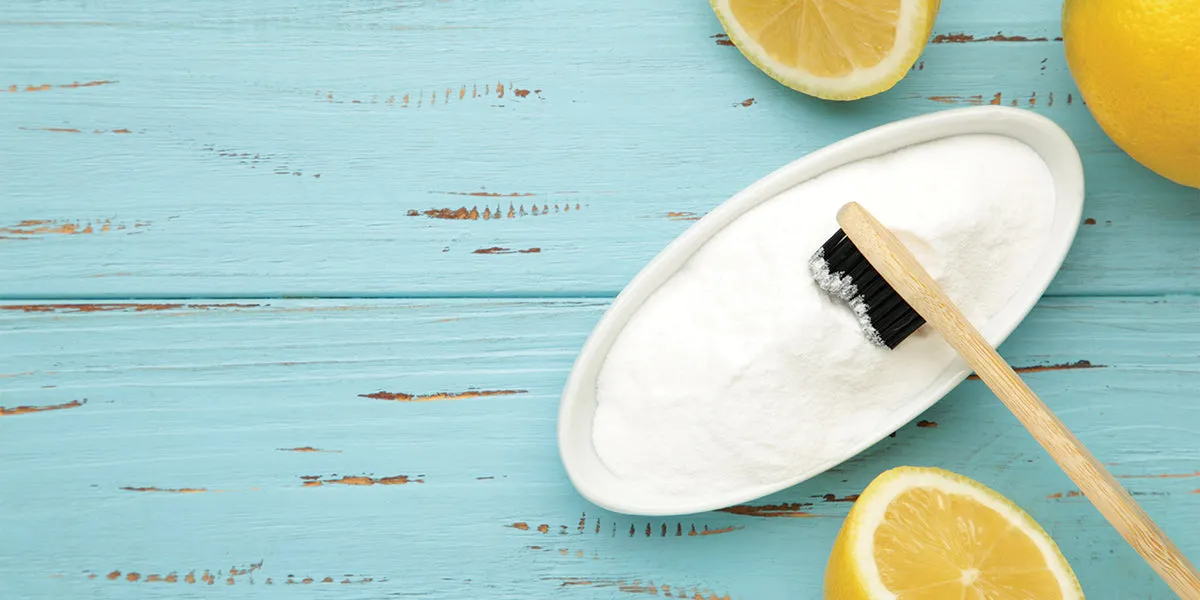
After whitening your teeth with baking soda or other natural methods, it’s crucial to maintain your results and prevent future staining. This involves consistent oral hygiene practices, as well as some conscious lifestyle choices. Regular maintenance ensures your smile remains bright and healthy. This approach ensures you not only maintain your whiter teeth but also enhances your overall oral health. Regular habits are often the best way to maintain your teeth, as well as regular visits to your dentist.
Oral Hygiene Habits
Maintaining good oral hygiene is essential for keeping your teeth bright and healthy. This starts with brushing your teeth at least twice a day. Use a fluoride toothpaste to help strengthen your enamel and protect against decay. Flossing daily removes plaque and food particles from between your teeth. This helps to prevent stains and promotes good gum health. Rinsing with an antibacterial mouthwash after brushing will also help to reduce bacteria. It will also freshen breath. Regular dental check-ups and professional cleanings are also important. They remove any buildup that brushing and flossing may miss. Following these habits will help you maintain a bright, healthy smile.
Dietary Considerations
Your diet plays a significant role in maintaining a bright, white smile. Certain foods and drinks can stain your teeth, so it’s best to be mindful of what you consume. Limiting your intake of coffee, tea, and red wine can help prevent stains. These beverages are known to stain teeth. Dark berries, such as blueberries and blackberries, can also stain your teeth. It’s best to consume these in moderation or rinse your mouth with water after eating them. Eating foods that are naturally abrasive, such as apples and carrots, can help to remove surface stains. Drinking plenty of water throughout the day can help to keep your mouth clean. It will also prevent stains from forming. By making conscious dietary choices, you can greatly reduce the likelihood of stains and maintain a whiter smile.
Alternatives to Baking Soda for Teeth Whitening
If baking soda doesn’t suit your needs or you’re looking for alternatives, there are several other options for teeth whitening. These alternatives offer different approaches to brightening your smile. Consider the different choices available, and how they could benefit you. Many people find success with other methods. These include a variety of products and professional treatments. Selecting the right alternative depends on your budget, preferences, and oral health goals. Exploring these options allows you to find the perfect solution for your unique situation.
- Whitening Toothpastes: Many over-the-counter toothpastes contain mild abrasives and whitening agents that can help remove surface stains and brighten your teeth.
- Whitening Strips: These are thin, flexible strips coated with a peroxide-based whitening solution. They are easy to use and can deliver noticeable results.
- Professional Teeth Whitening: Your dentist can provide professional teeth-whitening treatments, such as in-office bleaching or custom-fitted trays for at-home use. These treatments often use stronger bleaching agents than over-the-counter products and can provide more dramatic results.
- Activated Charcoal: Some people use activated charcoal to brush their teeth, claiming that it helps to remove stains. However, the effectiveness and safety of this method are still under debate.
- Oil Pulling: Oil pulling involves swishing oil (typically coconut oil) in your mouth for a period of time. Some proponents suggest that it can help to remove bacteria and improve oral health. However, there is limited scientific evidence supporting its whitening benefits.
In conclusion, while baking soda can be an effective and accessible method for teeth whitening, it is essential to use it correctly and be aware of potential risks. Understanding the science behind its effects, following a step-by-step guide, and taking necessary safety measures will help you achieve a brighter smile. Combining baking soda with other natural ingredients and maintaining good oral hygiene habits further enhances the results. However, always consult your dentist for personalized advice and consider alternative whitening methods if necessary. Prioritizing your oral health will ensure a beautiful and healthy smile for years to come.
